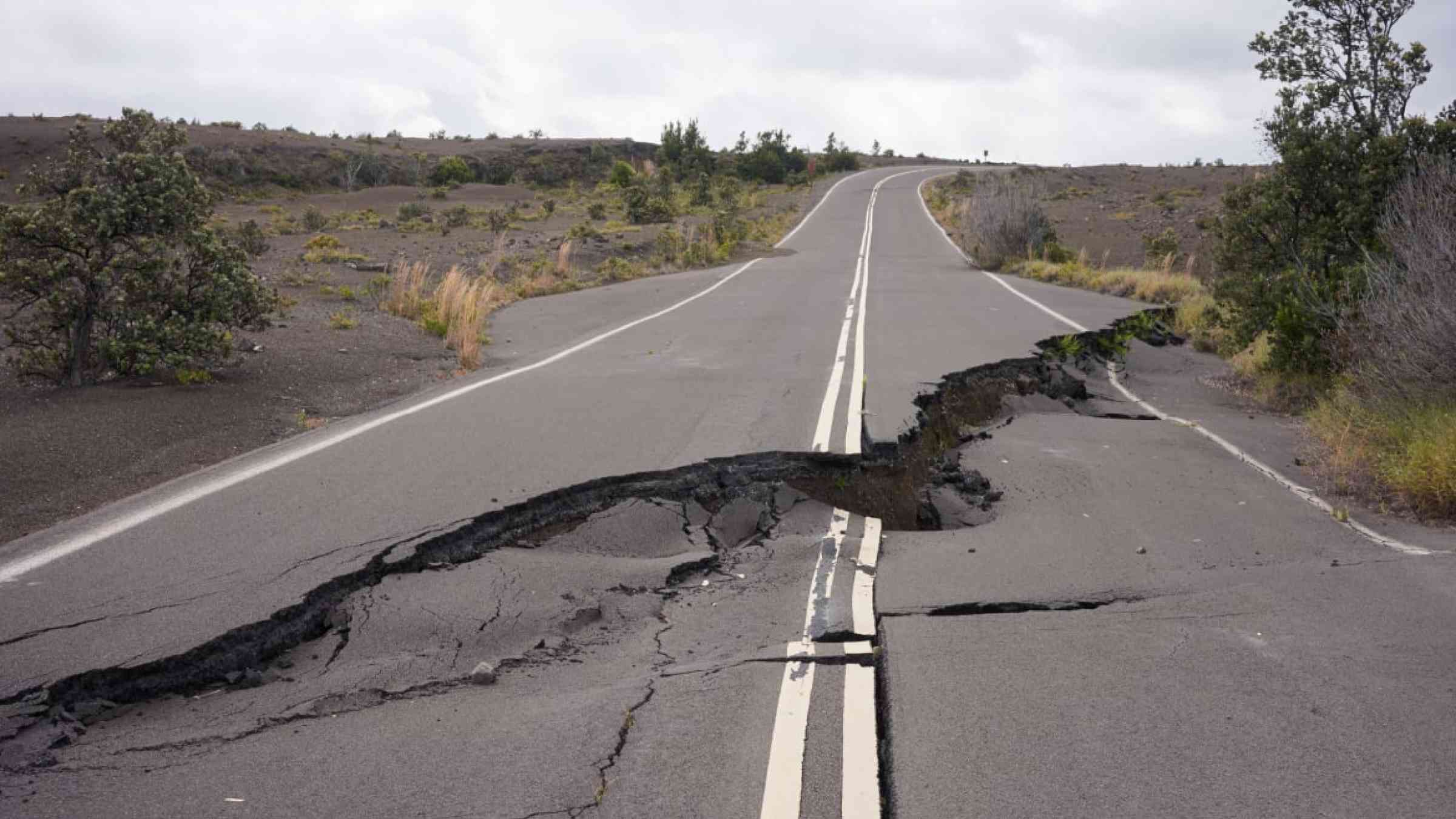Detecting smaller earthquakes could improve forecasting of larger temblors

Using machine learning techniques on ten years of seismic data from Oklahoma and Kansas, researchers identified faults that could generate large earthquakes.
Advances in machine learning have helped seismologists find more, smaller earthquakes than ever before. With improved re-location of exactly where these small earthquakes come from, researchers are now able to see previously hidden faults which could initiate bigger, more damaging earthquakes. A recent study in The Seismic Record showed how researchers using these techniques identified 80% of the faults that had hosted magnitude-4.0 or greater earthquakes in Oklahoma and Kansas from 2010 to 2019.
“If we could find these small earthquakes, could that pre-illuminate the fault structures that later hosted larger earthquakes?” asks Yongsoo Park, the lead author of the study, which he worked on as a doctoral student at Stanford University. “If that’s the case, maybe larger earthquakes wouldn’t have to be a complete surprise like they used to be.”
Park and co-authors evaluated data from 420 seismic stations in Oklahoma and Kansas. Using new computational methods that automatically detect quakes in seismic data, they found many times more temblors than previously observed. For example, in one region, they identified and relocated 13,231 earthquakes from 2010-2016, a major increase from previous research. Studies in 2017 and 2019 had found just 880 and 3,141 quakes over the same time span.
The increased number of detected earthquakes allowed researchers to see connected fault structures where previously the data had appeared scattered and disconnected. Larger faults can host larger earthquakes and the new connections brought many of these potential regional hazards to light.
“The key message here is that monitoring small earthquakes is important,” says Park.
According to Park, almost all the notable earthquakes in the region occurred on previously unmapped faults. Of the 60 faults that hosted greater than magnitude-4.0 earthquakes over the past decade, 48 could have been imaged from the tiny earthquakes that occurred prior to the big quake.
“[The study] is a creative way of integrating machine learning with what we know about relationships between fault size and earthquake magnitude. You cannot nucleate a magntidue-6.0 earthquake on a one-kilometer-long fault,” explains Folarin Kolawole, a structural geologist at Columbia’s Lamont-Doherty Earth Observatory, who was not involved in the study.
Monitoring small quakes for signs of larger ones
Oklahoma and Kansas have experienced “unprecedented seismic activity” due to hydrofracking and related wastewater injection, according to the study authors. Hydrofracking is used to tap into unconventional petroleum resources — natural gas trapped in the small pore spaces of shales. Extracting the gas requires large volumes of water mixed with sand and chemicals, which is pumped deep below the surface to force open that pore space. After the extraction process, operators are left with wastewater, which is stored in the now empty pore space. Injection of large volumes of wastewater into deep wells puts pressure on pre-existing, unmapped faults, sometimes triggering earthquakes.
In 2011, Oklahoma experienced one such event, a magnitude-5.7 earthquake, the most powerful quake ever recorded in the state up to that point, until they were struck by a magnitude-5.8 quake in 2016. Both earthquakes resulted in lawsuits against the petroleum industry, which had been operating in the area at the time.
To avoid inducing more of these larger earthquakes, wastewater injection operations have utilized a “stoplight” system based on the rate of detected earthquakes. When the number of earthquakes that strike in a given time period begins to increase, the stoplight changes from green to yellow or red. Operators will then throttle wastewater injection.
Park suggests that based on his research, the industry and the regulators should consider the size of the illuminated faults in addition to observed earthquake magnitudes when analyzing seismic hazards.
The method could also hold potential for better forecasting of earthquakes in other regions, but relies on having a lot of data. That’s what made Oklahoma and Kansas ideal settings for testing it — the large number of smaller induced earthquakes, as well as the large number of monitoring stations. In most places, collecting data on so many earthquakes will take a much longer time, Kolawole explains. “If you don’t have enough events, you don’t have enough data to work with. [This method] can be applied to other places, but instrumentation will be critical.”